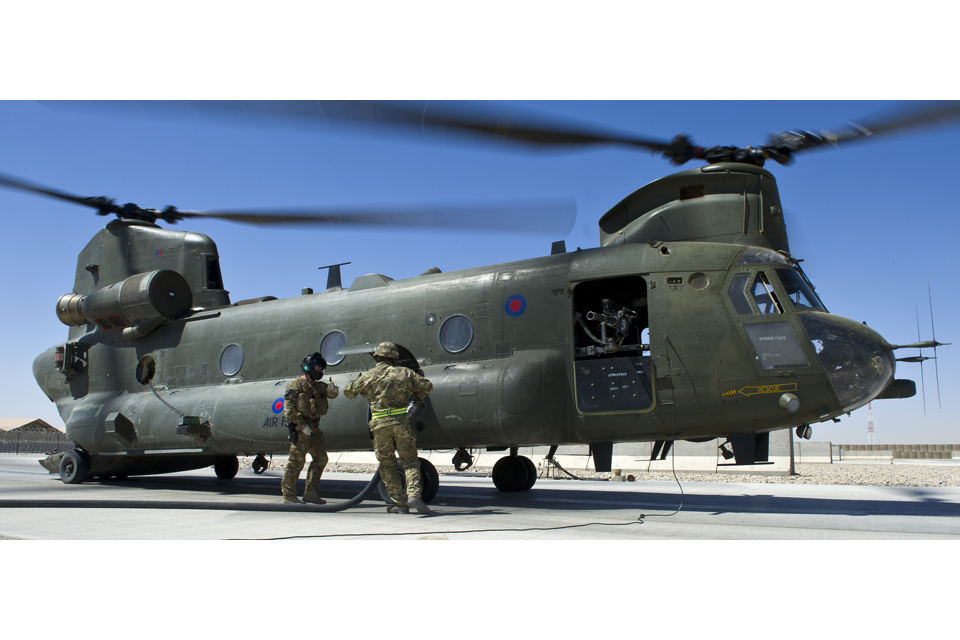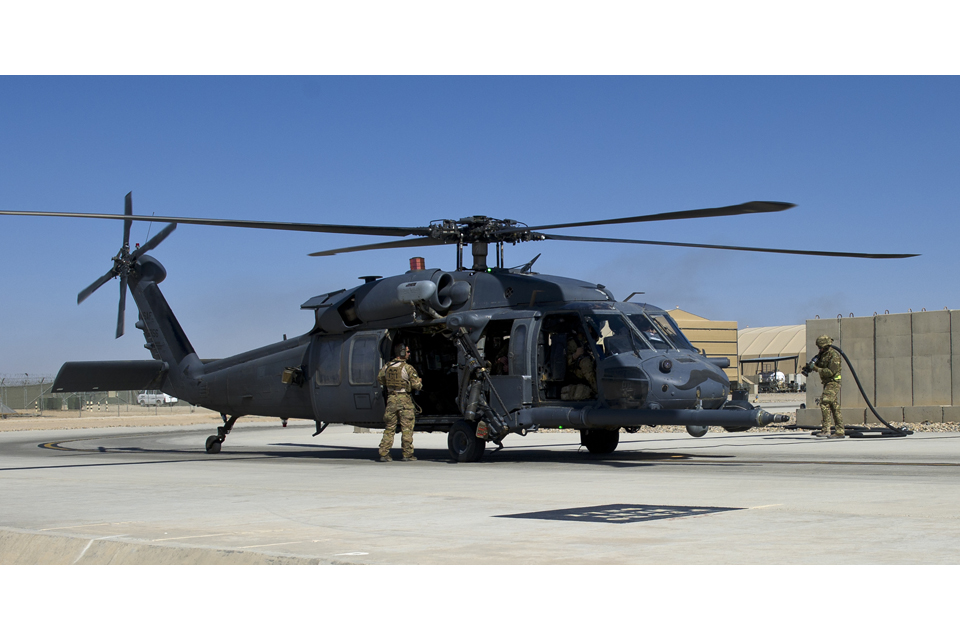Sep. 23, 2013 - By NICK LEE-FRAMPTON – Defense News
WELLINGTON — With only a small fleet of aircraft and relatively few warships, it was inevitable that upgrading all these platforms would have an impact on availability which, in its annual report for 2012-13, the New Zealand Defence Force (NZDF) acknowledges.
Indeed, although the hangar time of its five C-130H Hercules and six P-3 Orions and the systems upgrades to its two Anzac-class frigates have led, respectively, to reduced flying hours and days at sea, personnel shortages, especially in the Royal New Zealand Navy (RNZN), also have had an adverse effect.
However, as Chief of Defence Force Lt. Gen. Rhys Jones points out in his overview to the report, published last week, the past year marked “an important shift” in operational focus for the NZDF.
“Drawing down from our more than decadelong commitments to a number of high-intensity operations [including Afghanistan, the Solomon Islands and Timor-Leste] is in turn allowing the NZDF to accelerate change, providing a greater focus on our region — the South West Pacific and South East Asia — and developing and introducing new capabilities as the NZDF moves towards an integrated Joint Force Amphibious Capability in 2015,” Jones writes.
He also notes several positive events, including a recent contract for some 200 new medium and heavy operational vehicles for the Army, the purchase of replacement SH-2G(I) Seasprite helicopters and a forthcoming new pilot training capability.
Moreover, a number of long-running major acquisition projects are in their final phases, including upgrades of the C-130 Hercules and P-3 Orion aircraft and the delivery of A109 training/light utility helicopters; and NH90 medium utility helicopters.
Also in near-term prospect, the report notes, are network-enabling of land forces; strengthened command-and-control systems; improved intelligence, surveillance and reconnaissance capabilities; and acquisition of increased satellite network bandwidth for global communications.
The latter has been on the planning table for some years and it may be that its progress has been hindered by high attrition rates and a lack of skilled staff.
The report credits the NZDF with 8,502 regular troops (just over half of whom are in the Army) as of August — the lowest total in at least a decade.
Although attrition has dropped markedly — “from 23% at the start of the year to 16% at year’s end,” the report states — it still is double what it was in 2010, and while almost 40 percent of regular force respondents rate their employment as either excellent or good, one in five apparently rates it as poor.
Smallest of the three NZDF services, with only 1,910 personnel, the RNZN has been particularly hard-hit by the shortage of skilled staff, as the report explains: “The significant reduction in the number of trained personnel available ... has directly impacted the Fleet operating profile ... with skill and experience levels in some critical trade groups seriously degraded.”
A prime example is that one of the two 279-foot offshore patrol vessels (OPVs) was unavailable for most of fiscal 2012-13 because of “crewing constraints,” according to the report.
A lack of suitable sailors was not the only reason why the OPVs, both commissioned in 2010, have not yet been fully accepted into service. For the second reporting period in a row, says the report, “the cold weather capability release was delayed by the cancellation of the second sub-Antarctic patrol of the season, for reasons beyond the NZDF’s control.”
Despite intense efforts to regenerate the Navy and get ships back to sea, the report estimates that it will take “up to three years” for the RNZN to recover.
There is some light on the horizon, though. Six years after she was commissioned, the RNZN's flagship, the 430-foot amphibious support ship Canterbury is expected to be fully operationally capable in fiscal 2013-14.
Moreover, the Navy’s Seasprites’ flying rate (1,136 hours for the five helicopters) was higher than previous years, “predominantly due to ... the newly formed Aircraft Maintenance Squadron.” However, the introduction into service of the replacement SH-2G(I) Seasprites is bound to affect flying hours in the coming year or two, though the new helicopters will ultimately improve availability and capabilities.
This has been the case as the Air Force’s Orion fleet has been upgraded from P-3K to P-3K2 standard. The report mentions “occasional periods” where no Orion aircraft were available to support operations and admits that for “more than five months” only one out of six Orions was “able to deliver outputs.” Nevertheless, adds the report, availability for search and rescue and emergency tasks was better in comparison to fiscal 2011-12.
The type's life-extension programme continued to affect planned C-130 Hercules’ tasking and preparedness targets too, but “a major milestone” was achieved when one upgraded C-130H(NZ) was certified to conduct logistic support.
Overall, the report shows the NZDF is beginning to savor the benefits of new and improved capabilities and, for the time being, respite from the arduous deployments of the past decade.
As Jones remarks in his overview, “While we are still active on many missions around the world, this operational tempo change is an opportunity for the NZDF to reorganize in preparation for ‘the next’ complex military mission.”









































